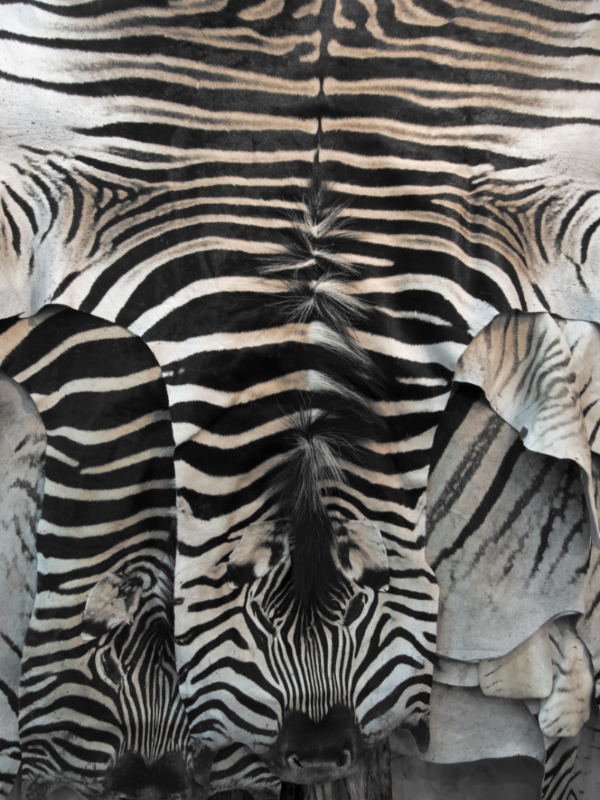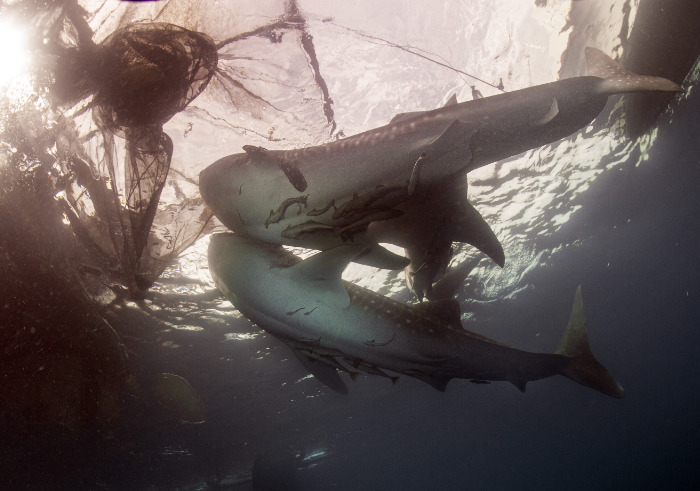50 Years Of CITES, A Regulator Flawed From The Very Start

In 2019, the primary intergovernmental body monitoring biodiversity (IBPES) reported that 1 million animal and plant species are threatened with extinction. It also confirmed that direct exploitation for trade is the most important driver of decline and extinction risk for marine species and the second most important driver for terrestrial and freshwater species.
After seafood the two biggest industries, by far, to benefit from the legal trade in wild species are fashion and furniture, then comes traditional medicine, wild meat and exotic pets.
Nearly 50 years ago, a global agreement came into force whose objective is to protect endangered species from overexploitation through trade. The Convention on International Trade in Endangered Species of Wild Fauna and Flora (CITES) has decisively failed in this objective because of the mistakes made in its design.
The fundamental flaw in the regulation of the legal trade in wild species is that the default is that any species can be traded without restrictions until such trade is proven to be detrimental to a species’ survival. The only way to get a species listed for CITES trade restrictions is if governments, philanthropists or wealthy conservation organisations cover the costs of the research needed.
While business makes billions annually from the trade in wild species, companies take no responsibility for the burden of proof that this trade is not harming a species very survival. Business have had a free for all to profit from the trade in wild species and 50 years of evidence shows that they have an all profit, no responsibility mindset. What businesses do pay for are their glossy sustainability reports, which are simply greenwashing when it comes to their supply chains for endangered and exotic species.

The lack of funds to monitor the consequences of the legal trade means that even after a species is identified as being threatened from trade it can wait as long as 19 years for protection under CITES. On average, it takes about 12 years before the species is listed by CITES. During this waiting time, businesses can continue to trade in the species without any restrictions or monitoring.
CITES flaws and loopholes were clear by 1981, only 6 years into its operation, and at a point when only 700 species were listed for trade restrictions. Over 40 years ago it was pointed out that as CITES expanded it would have too many species to monitor, not enough control and too few resources. Everything that was warned would happen, in 1981, has happened. CITES wasn’t coping when it monitored only 700 species, what about now?
The nearly 40,000 species listed for CITES trade restrictions is still a drop in the ocean compared to the 1 million animal and plant species threatened with extinction, as outlined in the IPBES report. Given CITES was badly designed from the outset and is a regulator impoverished to the point of being useless, it doesn’t know what it doesn’t know about the trade analytics of the 40,000 species listed. It doesn’t know anything about the remaining species that are traded, but not listed by CITES.
The primary profiteers from the trade in wild species are Europe, the USA, China and Japan, in that order. These regions and countries know that this trade makes a significant contribution to their wealth. A 2016 European Parliament Report states, “The wildlife trade is one of the most lucrative trades in the world. The LEGAL trade into the EU alone is worth EUR 100 billion annually.”; the value of the python skin trade alone was estimated to be worth US$1 Billion annually for Europe as far back as 2013.
Given the scale of this legal trade and the fact it is contributing to the extinction crisis, a growing number of grassroots organisations are challenging governments to clean it up. But rather than fixing this tragic situation what governments are doing is making it harder to access legal trade data. For example, the US Fish and Wildlife Service freely released trade data for decades until it stopped doing so in 2014 prompting two U.S. courts to make a discloser order.
That data revealed that the United States is a major importer of wildlife, bringing in an estimated 225 million live animals and 883 million dead specimens annually for fashion, furniture & décor, the pet trade, food, research, TCM, hunting and more. Since 2016 the agency has refused to disclose any more data.
Such government tactics leave you wondering, is businesses lobbying of politicians creating the secrecy around this trade to maintain plausible deniability about its scale and the profits it brings? Once their customers know how much big business is profiting from driving biodiversity loss, through unchecked overexploitation, undoubtably they know that this will damage their reputations and brands, and it should.
Traditional conservation diverts donor eyes away from the fact that the legal and illegal trade are so intertwined that they are currently functionally inseparable. These organisations reassure the caring public that legal trade documentation “must be checked, and [is] often recorded, at Customs checkpoints.”, which isn’t the case because the CITES 1970s paper-based trade permits don’t integrate with world customs systems.

Big conservation brands like to say that they “provide technical and scientific advice” to CITES to keep it abreast of the market. But let’s be clear here, in 2025, the CITES regulator will have been in place for 50 years. In that time, it has had only one review, which was back in 1994. The regulator tries to monitor a global trade, worth hundreds of billions of dollars annually, with a system using 1970s technology and pitiful amounts of government funding.
This CITES system is obsolete, the IPBES report clearly shows that CITES has failed in its stated objective of protecting endangered species from overexploitation through trade. And in spite of a regular outcry over the illegal global wildlife trade, the legal trade goes unquestioned and is even clinically sidestepped by the premier conservation organisations.
As a result, the world is now accelerating to a planetary boundary tipping point, where there is a huge amount of uncertainty about the consequences of this level of biodiversity loss. A global pandemic, zoonotic in origin, has shown humans are vulnerable because the line between us and exotic animals has long been breached for trade purposes.
The unwillingness to scrutinise and modernise the regulator of the legal trade in wild species puts everyone at risk. Until CITES is fixed we are all walking blindfold into a minefield.
Our work is entirely reader-supported, so if you enjoyed this article please consider sharing it around, following us on Twitter or LinkedIn, or throwing some money into our tip jar on Paypal. Everything we publish is open access. Finding the time to do the research and writing is helped by the goodwill of people who are also looking for real answers to what is happening. The best way to make sure you don’t miss the articles we publish is to subscribe to the mailing list at our website.

Lynn Johnson is a physicist by education and has worked as an executive coach and a strategy consultant for over 20 years. In her work she pushes for systemic change, not piecemeal solutions, this includes campaigning for modernising the legal trade in endangered species, to help tackle the illegal wildlife trade.





